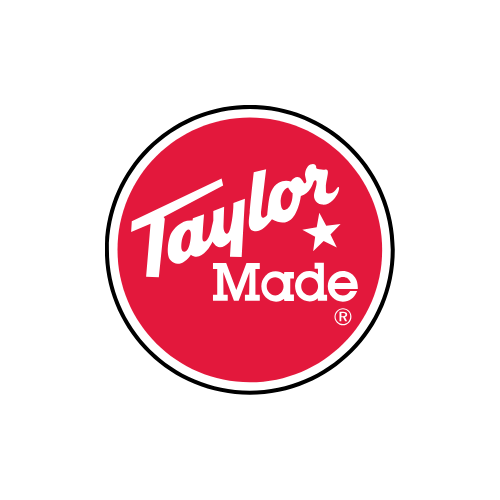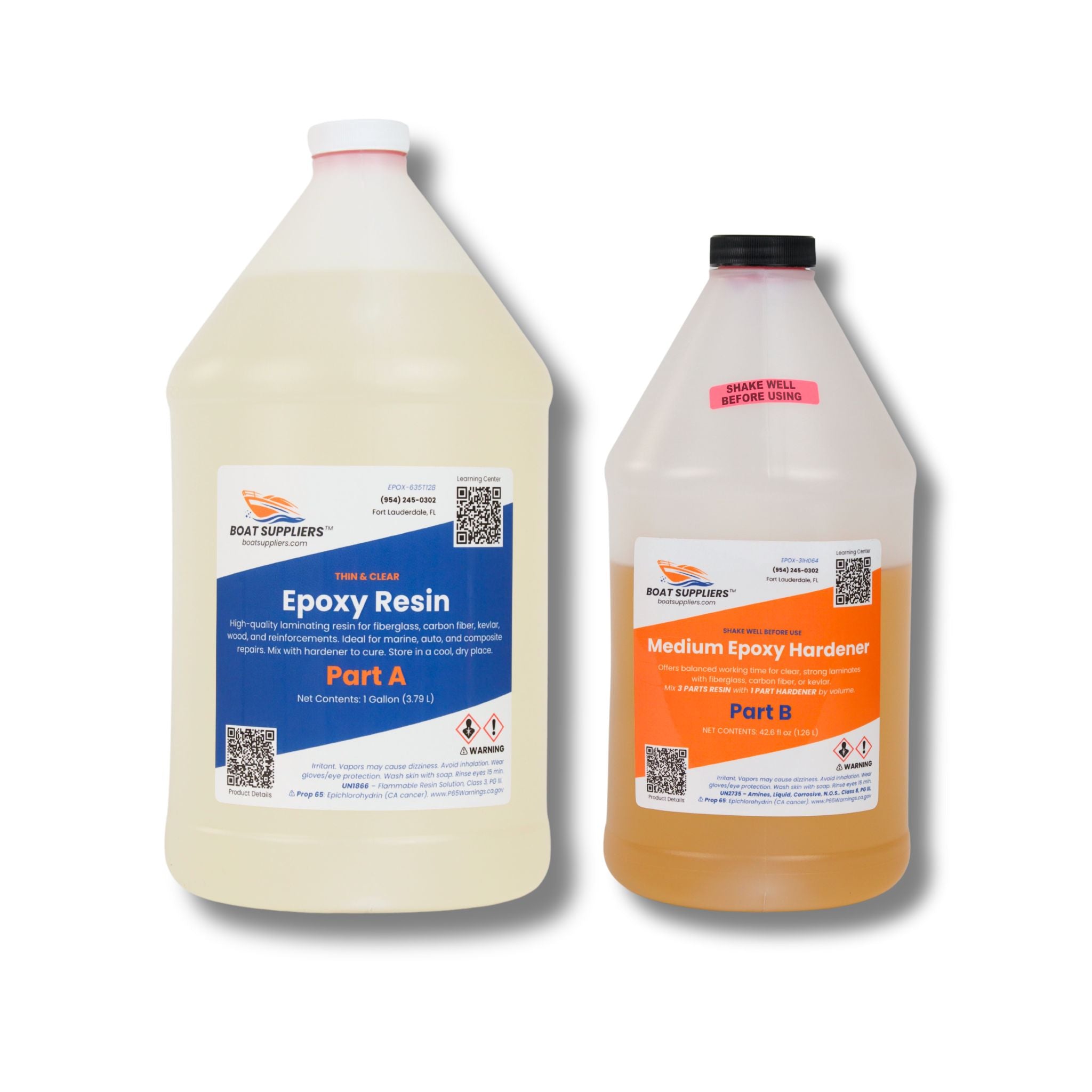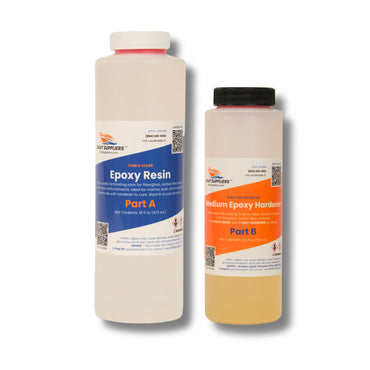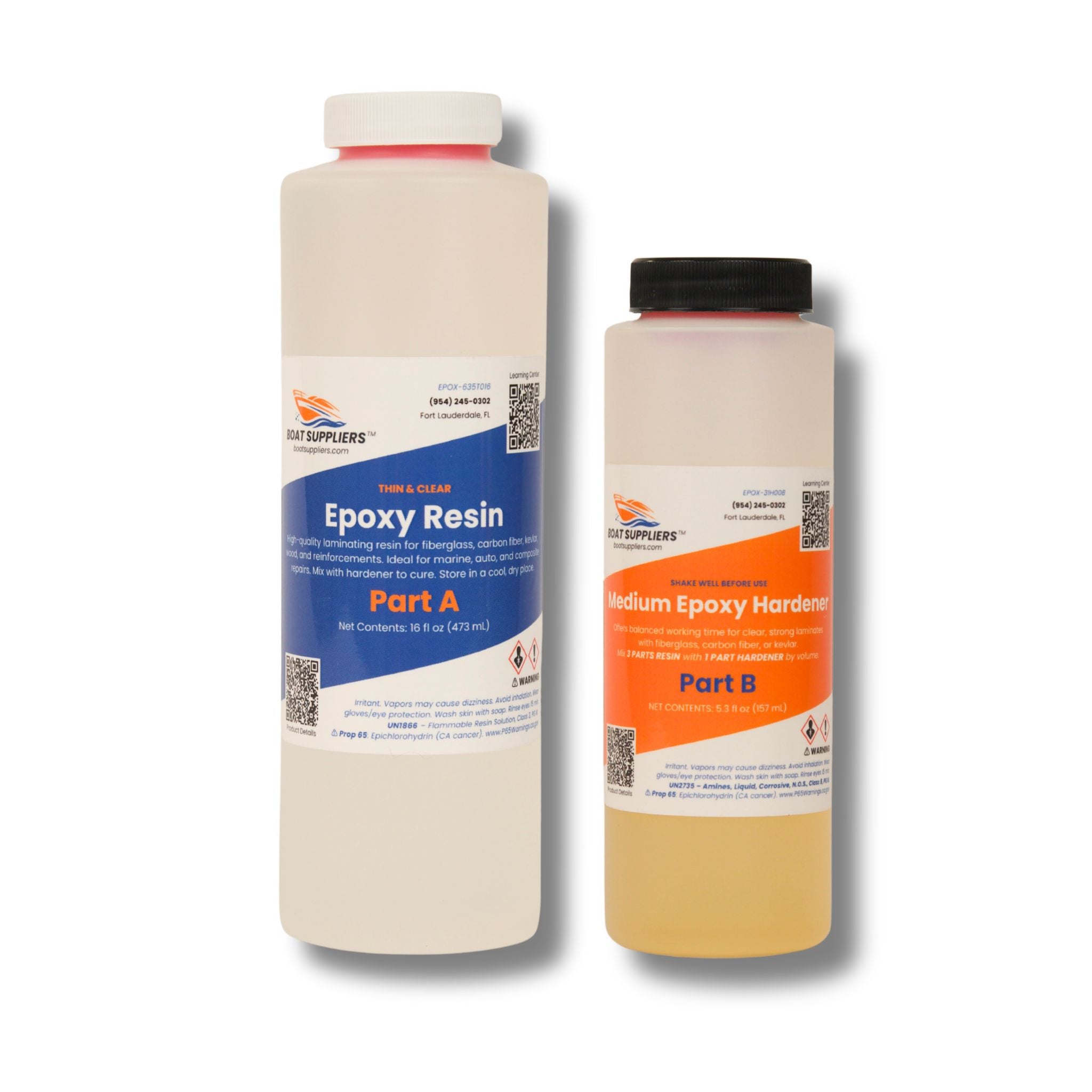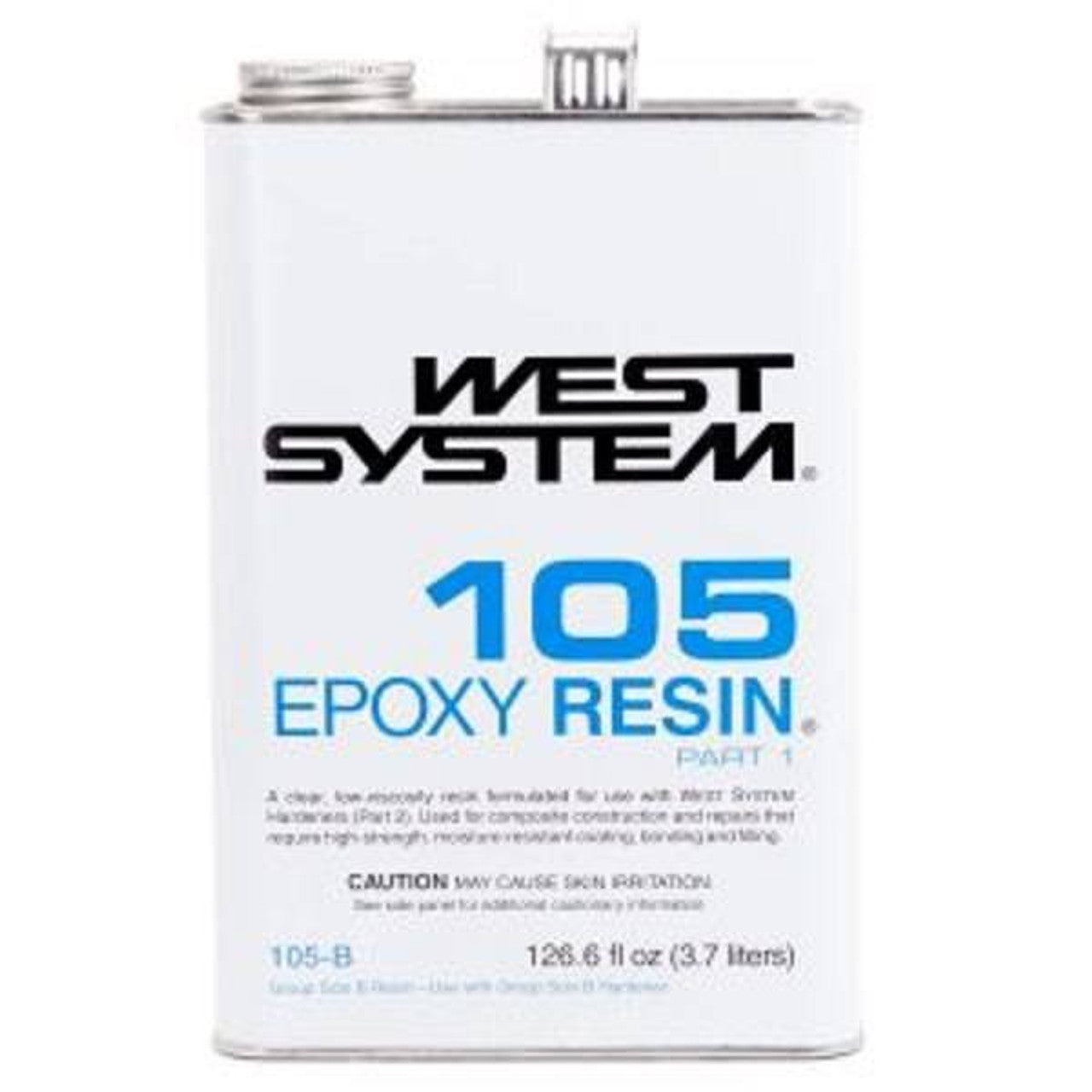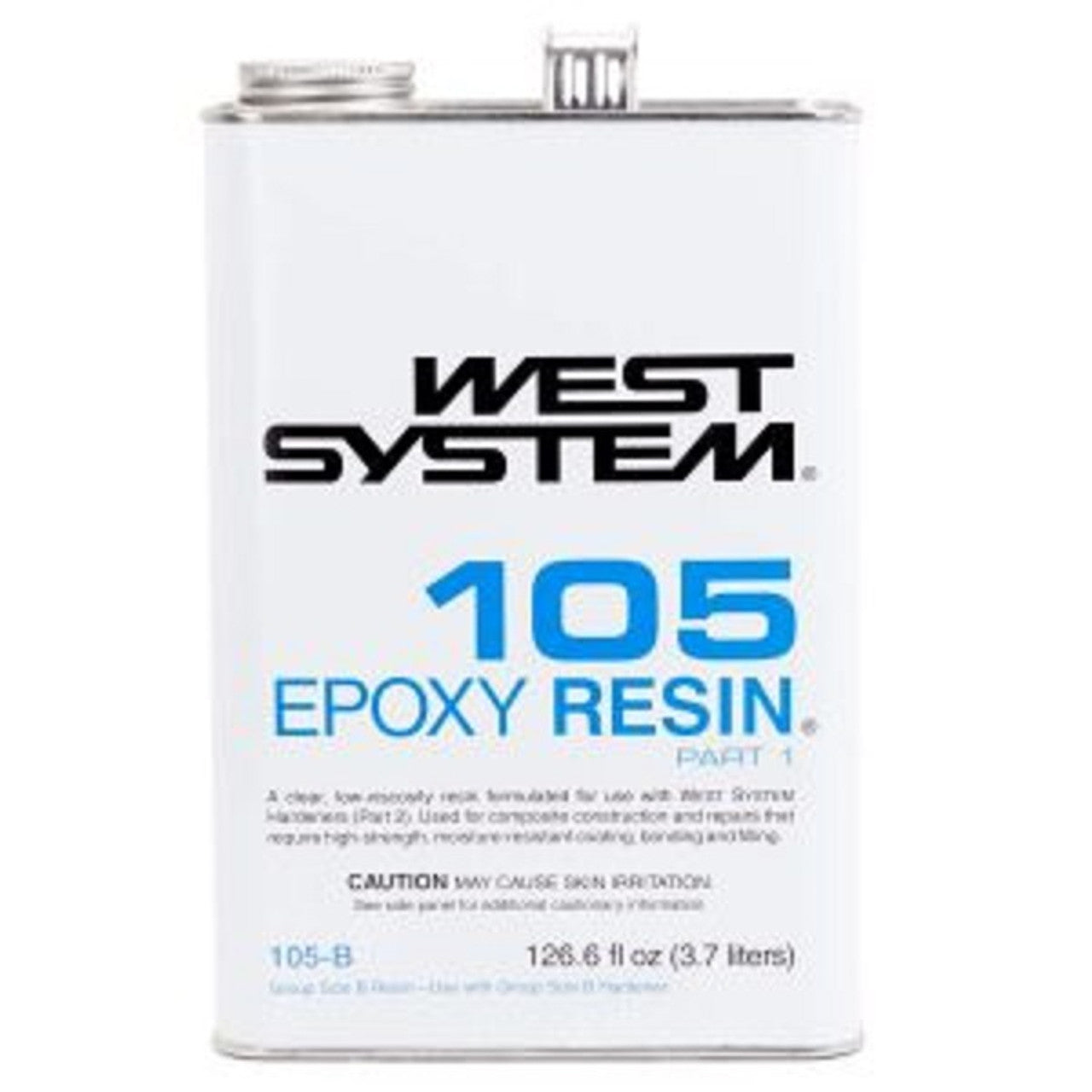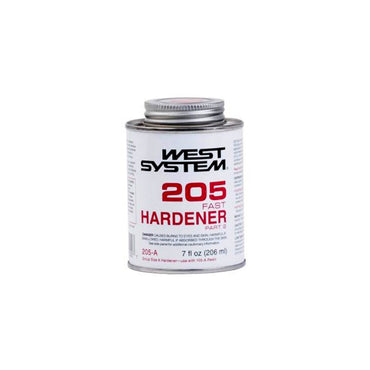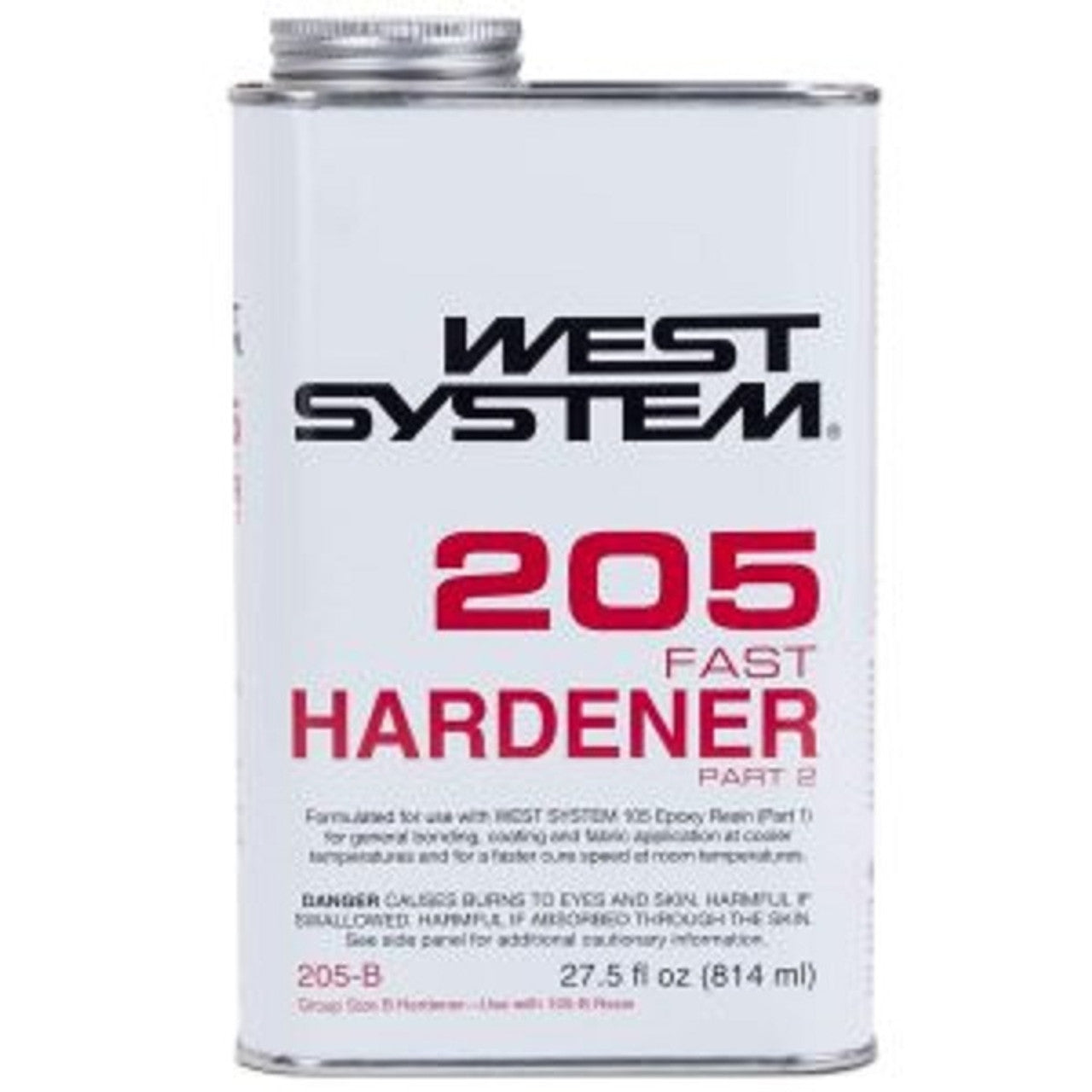What is Epoxy Resin? A Complete Guide for Beginners
Epoxy resin is one of the most versatile materials used in a wide range of industries — from boat building and automotive repair to arts, crafts, flooring, and home improvement. But what exactly is it, and why is it so popular?
In this guide, we’ll break down what epoxy resin is, how it works, and where it's most commonly used.
What is Epoxy Resin?
Epoxy resin is a two-part thermosetting polymer that becomes a hard, durable plastic once it cures. It consists of:
-
Resin (Part A): The base component
-
Hardener (Part B): The curing agent
When mixed together in the correct ratio, the resin and hardener undergo a chemical reaction that transforms the liquid into a solid.
Key Benefits of Epoxy Resin
-
Strong Bonding: Excellent adhesive properties on a wide range of materials like fiberglass, wood, metal, and concrete.
-
Water & Chemical Resistance: Ideal for marine applications, sealing surfaces, and protecting against harsh environments.
-
Clear Finish: Offers a glass-like appearance, often used in woodworking and artistic projects.
-
Customizable: Can be tinted with pigments or thickened for different applications.
Common Uses of Epoxy Resin
Epoxy is used in everything from industrial construction to DIY projects. Here are some popular applications:
-
Boat Building & Repairs: Bonds strongly with fiberglass and provides excellent waterproof protection.
-
Tabletops & Art Projects: Its glossy, clear finish makes it popular for river tables and resin art.
-
Floors & Countertops: Durable and stain-resistant surfaces for garages, kitchens, and commercial spaces.
-
Electronics Encapsulation: Protects components from moisture and corrosion.
Epoxy vs. Polyester and Vinyl Ester Resins
While epoxy is more expensive than polyester or vinyl ester resin, it offers superior strength, durability, and moisture resistance. For structural repairs, long-term durability, or bonding difficult surfaces, epoxy is often the top choice.
How to Use Epoxy Resin
-
Prepare your surface – Clean, sand, and dry the area thoroughly.
-
Mix the resin and hardener – Follow the manufacturer’s ratio instructions exactly.
-
Apply the epoxy – Pour, brush, or spread as needed.
-
Allow time to cure – Full curing may take several hours to days depending on the temperature and product type.
Final Thoughts
Whether you're a seasoned builder or a first-time DIYer, epoxy resin is a reliable, high-performance material that delivers professional results. Just remember to work in a well-ventilated area and follow safety guidelines for best results.
Want to learn more about different resin types or how to choose the right one for your next project? Browse our full [Epoxy Resin Collection] or [Contact Us] for expert advice.
Prev post
Vacuum Bagging Guide
Updated on 10 August 2025
Next post
How to Choose the Right Gelcoat for Your Boat's Finish
Updated on 09 August 2025




